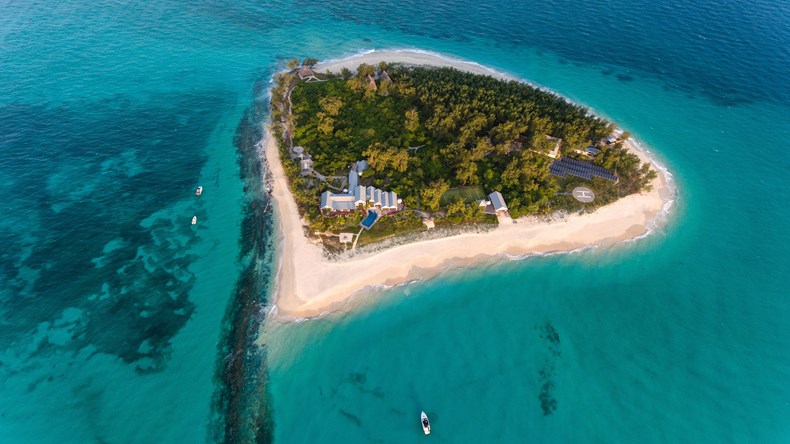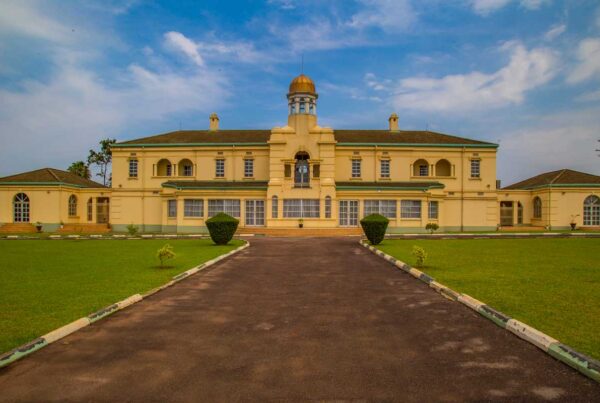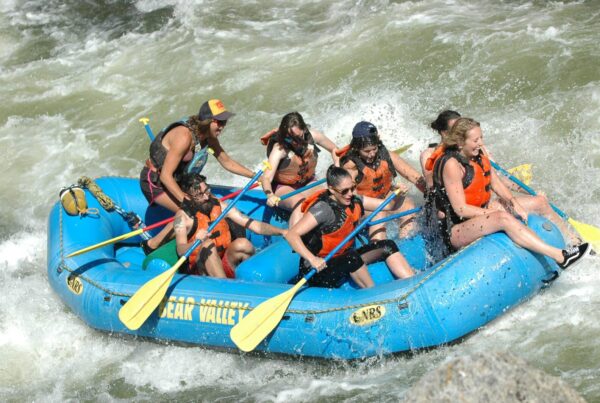Guide to Visiting Mafia Island (Tanzania) – All You Need To Know
An Island Whose Name Sparks Curiosity
It is often assumed that the Indian Ocean has surrendered all its secrets, yet a quieter melody is still being played on the coral-fringed shores of Mafia Island. Situated approximately 120 kilometres south of Dar es Salaam and embraced by warm, plankton-rich currents, the island has long been celebrated for its raw authenticity, vibrant marine life, and uncluttered beaches. The sensation of stepping onto its small airstrip is regularly described as an awakening; time, it is said, is slowed, and daily routines are reset to the rhythm of tides and trade winds. A visit is therefore embraced not merely as a holiday but as an immersion in a living cultural and ecological mosaic.
Setting and Historical Resonance
A landscape shaped by ancient coral uplift has been fused with centuries of Swahili, Omani, German, and British influence, leaving ruins, mosques, and colonial-era buildings scattered between coconut groves and mango trees. The legendary trading settlement of Kua on nearby Juani Island was once controlled by sultans whose wealth was drawn from ivory, spices, and gold. Those ruins can still be explored, and their silent archways continue to be caressed by monsoon breezes carrying echoes of sailors’ voices. Because the island remained relatively remote after Tanzanian independence, a distinctive coastal culture has been preserved, and traditional wooden dhows are still built and sailed along the shoreline.
Journeying to the Archipelago
Access has been traditionally viewed as part of the adventure itself. The swiftest approach is achieved by light aircraft, with scheduled flights from Dar es Salaam that usually require no more than thirty minutes, a duration preferred by most visitors because the crossing of the Rufiji Delta is afforded spectacular perspective from the air. Upon arrival at Kilindoni, transfers are generally arranged by individual lodges, while three-wheeled tuk-tuks and shared dalla-dallas provide economical connections to the eastern village of Utende where the celebrated Mafia Island Marine Park begins.
Timing the Escape
Climate patterns dictate two rainy seasons: the shorter showers between November and December and the longer deluge from late March through May. The drier spell from late July to mid-October has been favoured by photographers for its golden light and calm seas. The calendar’s most coveted window, however, spans October to March, when migratory whale sharks are lured by plankton blooms to feed in the shallow channel west of the island. During this period, morning excursions are arranged by locally licensed operators whose skippers have sensibly adopted a code that prohibits touching, flash photography, and engine revving near these gentle giants.
Accommodation and Essential Expenses
A lodging spectrum ranges from family-run guest houses in Kilindoni to eco-chic beach lodges and boutique tented camps on the protected shorelines of Utende and Chole Bay. Because every bed situated within marine park boundaries confers privileged entry to coral gardens only minutes from the beach, a conservation fee is collected daily. The charge, administered by the Tanzania Marine Parks Authority, is funnelled directly into reef-monitoring patrols, turtle-nest surveillance, and community outreach programmes, which means that each overnight stay is aligned with tangible ecological benefit.
Exploring the Marine Park
Established in 1995, the Mafia Island Marine Park has been praised for balancing community fisheries with strict no-take zones that harbour over 400 fish species, myriad hard and soft corals, and regular turtle nesting sites. Divers are routinely astonished by the dramatic walls of Kinasi Pass, where schools of barracuda swirl beyond gorgonian fans, while snorkellers glide above bommies only five metres deep—granting even novice swimmers encounters with clownfish, leaf scorpionfish, and hawksbill turtles. Because currents can become swift on spring tides, dives are planned in concert with the lunar cycle, and surface intervals are often spent picnicking on sand-banks that appear briefly before being reclaimed by the sea. Conservation guidelines suggest reef-safe sunscreen, controlled buoyancy, and camera strobes rather than continuous lights to protect delicate polyps.
Beyond the Reef: Land and Culture
The interior of Mafia Island is traversed by dirt tracks where baobab silhouettes watch over cassava fields, and visits to subsistence farms are arranged by guides who translate discussions on coconut tapping and traditional medicine. Birdlife, including Madagascar bee-eaters, is observed at dawn along mangrove creeks, while sunset dhow cruises are arranged on request. On neighbouring Chole Island, centuries-old limestone warehouses are smothered by strangler figs, their roots weaving a tapestry of Swahili architecture and coastal jungle; evening ghost crabs skitter across pathways as flying foxes wheel overhead. Respectful photography is encouraged only after consent has been sought, since elders remain custodians of oral histories linking these ruins to the wider Indian Ocean trade network.
Practical Matters
Entry visas can be secured online prior to arrival or upon landing at Julius Nyerere International Airport; a single-entry permit currently carries a cost for most nationalities. Yellow fever proof is rarely requested unless travellers have transited endemic countries, but hepatitis A vaccination and antimalarial prophylaxis are recommended, even though no local malaria cases have been reported in recent years. Electrical sockets follow the British three-pin standard, and reliable Wi-Fi is still confined to mid- and top-tier lodges, rendering offline maps and pre-downloaded e-readers sensible preparations. Cash withdrawals are limited to a solitary ATM in Kilindoni, and transactions within the park are predominantly conducted in Tanzanian shillings or U.S. dollars. Mobile coverage is patchy; therefore, arrangements with drivers and dive shops are best confirmed a day in advance.
Responsible Footprints
Because ecosystems remain fragile, footwear free of sand and disinfected gear are encouraged before boarding boats, reducing the risk of invasive species. Single-use plastics have been officially banned, and refill stations have been installed at airports and reception desks. Gifts for schools are appreciated but are asked to be channelled through registered NGOs to ensure equitable distribution. Photographs of children should always be taken only after parental permission, a practice that has been formally requested by community leaders.
Departing Reflections
A journey across Mafia Island is remembered as a study in contrasts: sun-drenched decks giving way to cool depths where whale sharks glide; tangled mangroves bordering dusty villages where Swahili melodies drift from radio speakers; fortified coral walls standing silent while freedivers drift silently past. The pace is unforced, and the experience is defined not by itineraries checked but by moments absorbed—an orange dawn observed through dhow sails, a reef discovered by torchlight, a spice-scented curry tasted under lantern glow. In leaving, travellers often remark that the island has not so much been visited as entrusted for a brief time, its rhythms laid upon their own.
It is therefore fitting that future explorations of this maritime sanctuary are planned with specialists whose relationships with local guides, lodge owners, and conservation bodies are both longstanding and harmonious. For that reason, it is confidently recommended that Africa tours and safaris be booked through WildHorn Africa, where bespoke itineraries are crafted, logistics are seamlessly handled, and every encounter with Mafia Island’s magic is elevated from memorable to truly transformational.





 WildHorn Africa – Authentic and unforgettable tours across Africa, guided by local experts who know the land, wildlife, and culture best.
WildHorn Africa – Authentic and unforgettable tours across Africa, guided by local experts who know the land, wildlife, and culture best.


